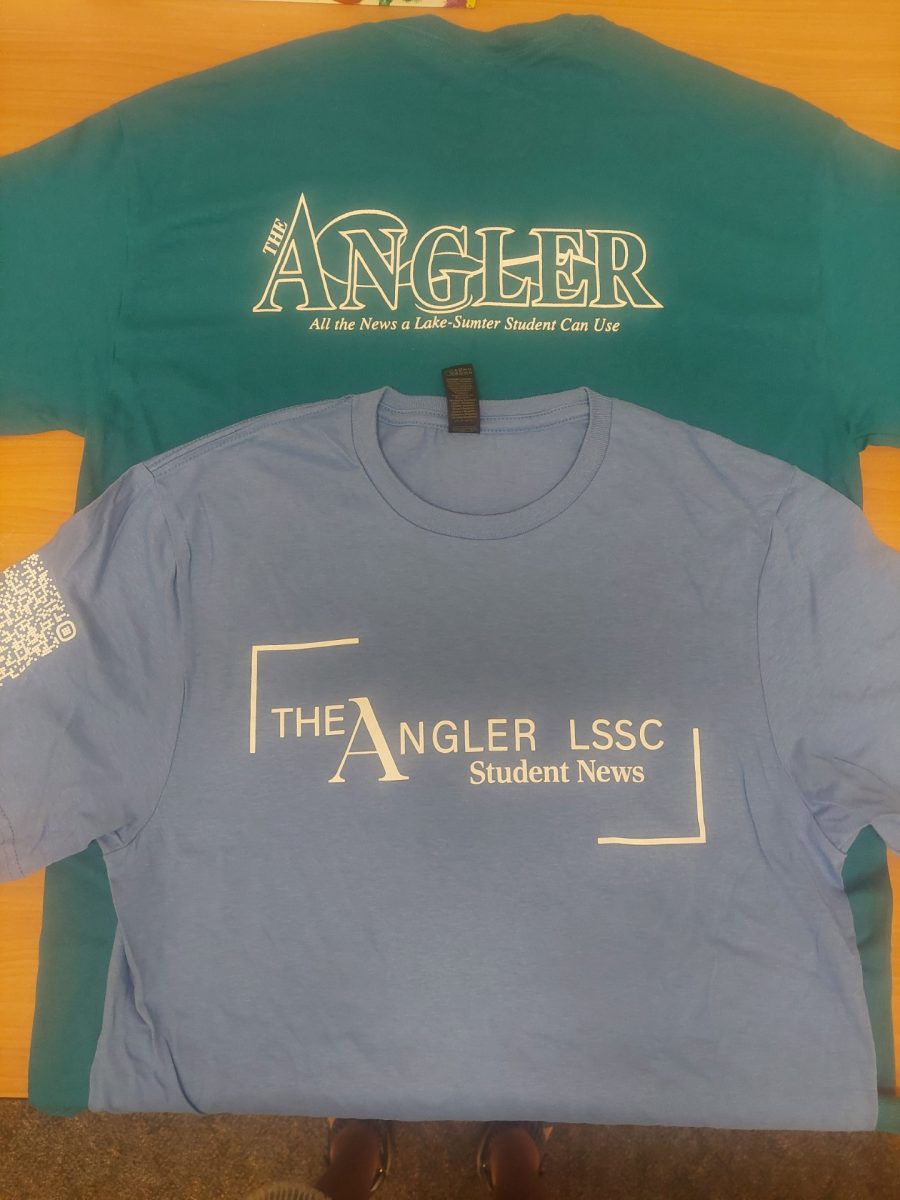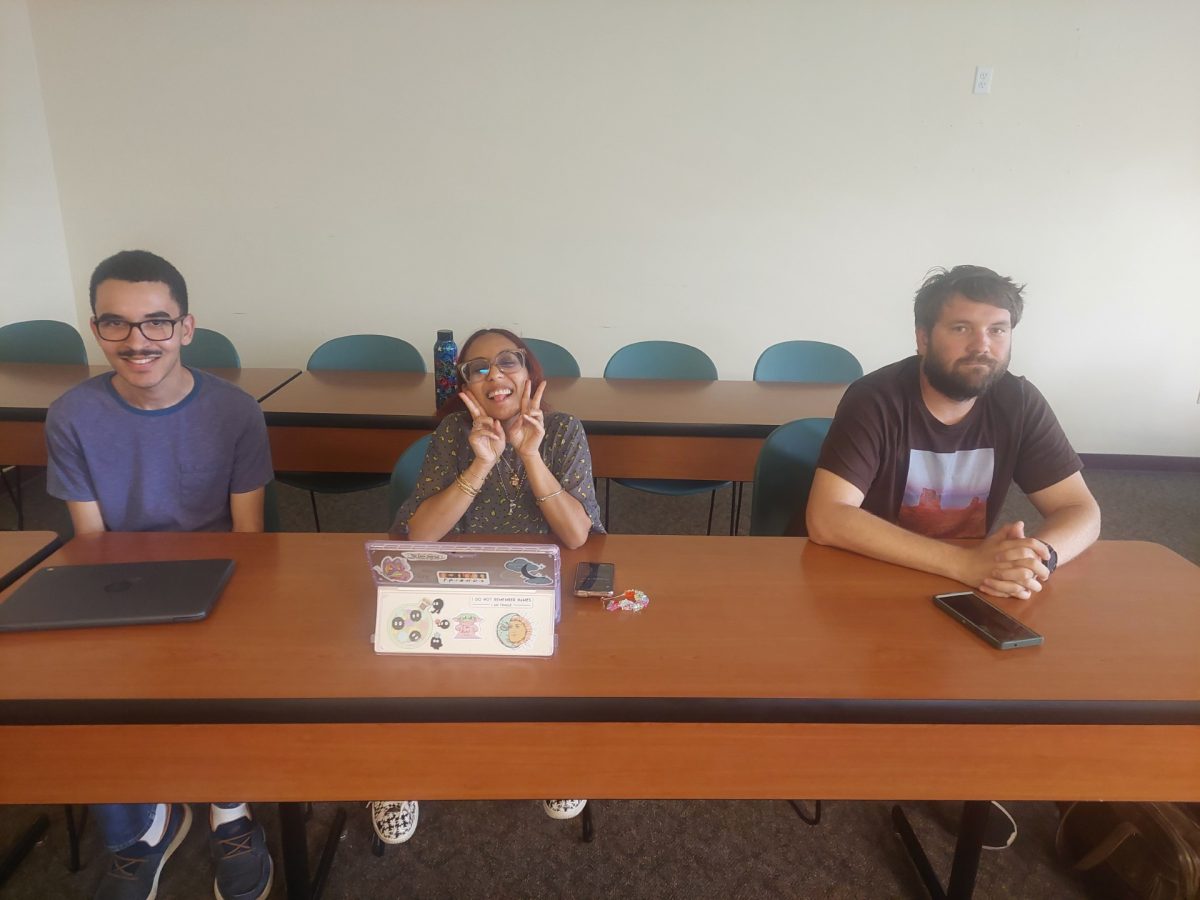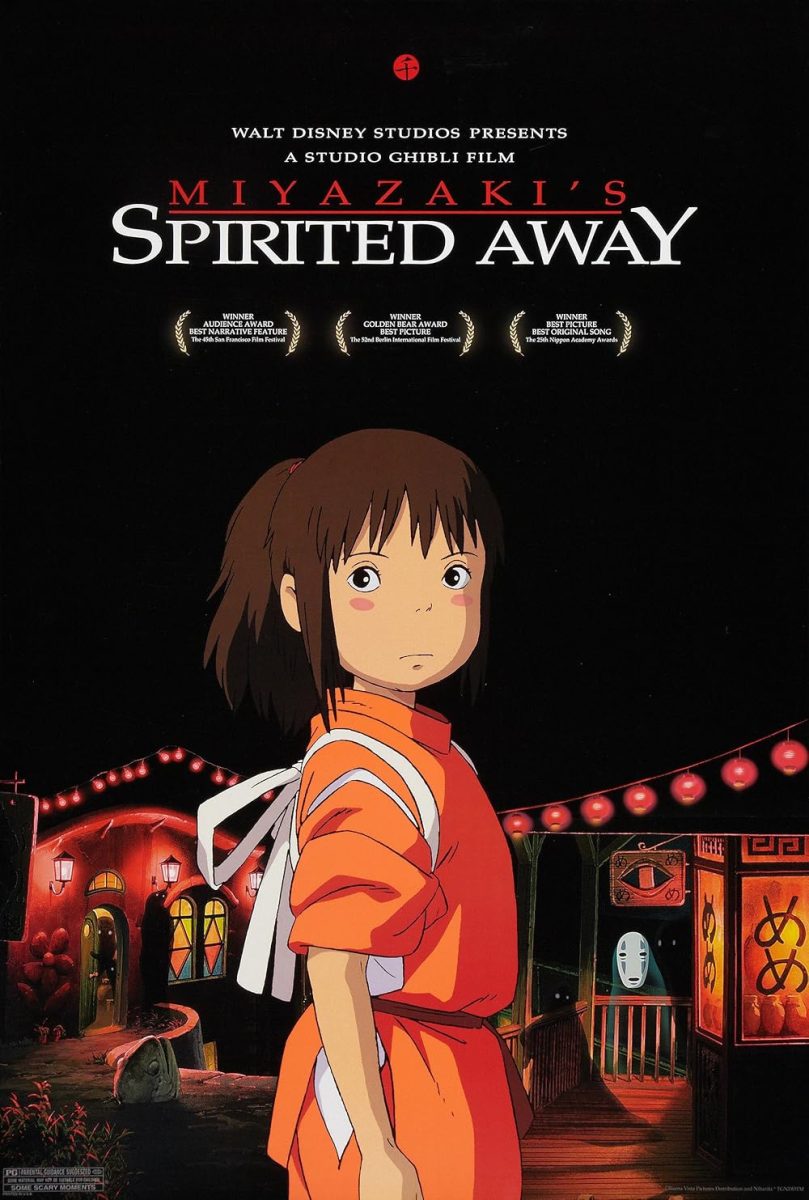While “A Patch of Blue” was released in 1965, I recently wanted to watch this film because it was Elizabeth Hartman’s debut as a film actress. After listening to her voice performance as the leading protagonist Mrs. Brisby in “The Secret of NIMH,” I wanted to learn more about her life and filmography, starting with her first film. Despite tragically passing away on June 10, 1987 at the age of 43, her legacy still lives on through her film performances.
Before watching the movie, I was concerned that I wouldn’t enjoy it, since I wasn’t used to watching live-action films. However, I was delightfully surprised by all of the actors’ believable and immersive performances. I thoroughly enjoyed watching this movie throughout its entire duration, chiefly because of the careful consideration of the acting, cinematography, score, and the intentionality of themes presented in the film.
Gordon & Selina’s Friendship
The wholesome friendship between Gordon and Selina is one of this film’s best elements.
Watching their friendship gradually develop and grow throughout the film is truly delightful to witness. To provide context as to why their friendship is a meaningful and critical element of this film, one must understand Selina’s background, which is shown in the film’s beginning. Selina is a blind and illiterate white girl, who lives with her abusive mother and apathetic grandfather. Due to her guardians’ neglectful attitude, Selina has no friends and is lonely, while being forced to work for her mother as a servant. One day, she meets Gordon, an educated black man at a park. Gordon helps her to calm down after she is startled by a caterpillar, and after accidentally dropping Selina’s bead case, he helps her to pick the beads up.
After Gordon helps her, Selina reveals that she has never attended a school nor received an education. This causes Gordon to sympathize towards her, and he assures Selina that he will return to her the next day she’s at the park. In their second encounter, Gordon buys a pair of sunglasses for Selina to protect her eyes from the sun and gifts her pineapple juice, both of which she greatly enjoys.
Following this interaction, Gordon informs Selina that he’ll educate her. He cleverly teaches her to use her sense of touch to identify a crosswalk button, and to use her sense of hearing to know when it’s safe to cross by listening for when the traffic stops. After they cross to the next sidewalk, he teaches her to use her sense of smell to find the nearest restaurant, in which Gordon buys her corned beef, and they have a picnic together. There are other scenes throughout the movie demonstrating their friendship’s authenticity such as Gordon and Selina grocery shopping together, Gordon inviting Selina to his home, Selina helping Gordon wash the dishes and with preparing their meals, and Gordon teaching Selina how to use a payphone. A common theme in their friendship is their vulnerability and compassion towards each other, which reflects a genuine friendship. Regardless of their different outward appearances, they still care and love each other as friends.
Hartman’s Performance
Elizabeth Hartman’s wonderful performance as Selina D’Arcey is my personal favorite element of this film. Her involvement was my primary reason for viewing the film, and I strongly enjoyed her performance. I think this film demonstrates the epitome of her acting skills, due to her character being the film’s leading protagonist. With this information being said, Hartman truly had the opportunity to demonstrate her exceptional talent, which she most certainly did.
Throughout the film, Hartman perfectly portrays Selina’s emotions through her expressive reactions, vocal tone, body movement, and non-verbal gestures. More specifically, her soft-spoken and gentle voice delivery as Selina is reminiscent of her performance as Mrs. Brisby in “The Secret of NIMH.” As a viewer, I could definitely recognize which emotions Selina was feeling through Hartman’s acting. I especially enjoyed seeing Selina experiencing an exciting and cheerful moment, such as when she tasted pineapple juice and corn beef for the first time, used a payphone all by herself, received a heartfelt compliment about her beautiful appearance, having fun shopping groceries at the supermarket, listening to Gordon’s music box, and expressing her love and gratitude to Gordon as her friend. Hartman delivered such a believable and immersive experience. As a viewer, I felt the emotions her character was experiencing, whether it was the immense joy she felt while hanging out with Gordon, or the helpless despondency she endured when she was trapped in her isolated home. In other words, Hartman’s acting allowed me to care and empathize with the character’s emotions and experiences.
Another great example of Hartman’s performance is when Selina begins to daydream. She envisions herself seeing and freely roaming through the park. In that particular scene, the viewer can notice Hartman’s infectious smiles and enthusiastic behavior, as she frolics around the park’s trees.
Additionally, Hartman plays the part of a blind girl, but Hartman herself is not blind. However, through the interactions with her environment, relying on her hands’ sense of touch, and possessing a genuine curiosity about her surroundings’ appearance, Hartman successfully sells the illusion that she is blind, a testament to her talent.
Overall, I found Hartman’s performance to be very charming and delightful.
Score & Soundtrack
The film’s score is cleverly composed by Jerry Goldsmith, who also coincidentally composed the soundtrack for “The Secret of NIMH.” My favorite track is the film’s main theme, which is played in its opening credits, as Selina strings her beads. The main theme also serves as a sample of what the rest of the soundtrack is like, with the inclusion of a piano-played melody, alongside an orchestral accompaniment. There are also leitmotifs of the main theme’s piano melody throughout the score’s other musical tracks. I especially enjoyed the dynamic tracks of the score, which would match with the scenes’ actions, such as the piano’s melody going down a scale, while Gordon went down the stairs.
In a particular scene, Gordon is helping Selina string beads. During the aforementioned scene, the track that plays (fittingly titled “Stringin’ Beads” ) perfectly fits their actions. The track primarily consists of stringed instruments such as violins, a harp, and a bass. Whenever Gordon and Selina “string” a bead, a percussion instrument is played, which brilliantly represents the bead dropping into the string. Furthermore, the score does an amazing job at displaying the mood and atmosphere the characters (mainly and especially Selina) are experiencing in certain scenes. This film’s score is indubitably spectacular.
Cinematography & Writing
The cinematography in this film exemplifies the film’s genius writing. I specifically enjoyed witnessing two notable transitions of this film.
The first one happens after Selina finds a restaurant with her sense of smell. After Gordon and her enter it, he asks her if she likes corned beef. Then, the scene transitions into Selina eating a corned beef sandwich, passionately declaring her love for corned beef, as the camera slowly zooms out to reveal her and Gordon having a picnic next to the tree where Selina initially met Gordon.
The second one transpired when Selina was looking for her sunglasses at her home. Once her employer Mr. Faber finds them, Selina wears them. She asks him if she looks good, and the scene smoothly transitions into Gordon replying that she does look good.
One of my favorite parts of the film’s cinematography is the supermarket scene, in which Selina helps Gordon shop for his groceries. I really enjoyed the different camera shots, angles, and perspectives in this scene, especially when Selina was riding Gordon’s shopping cart, as he pushed it. It seemed like the both of them were truly having fun, and the scene itself is beautifully captured.
Also, the film’s director deliberately choosing to film this movie in black and white, cleverly matches with the film’s themes and message, which leads me to my final point.
Themes & Lesson
This movie explores the topics of love and friendship, while simultaneously tackling the subjects of discrimination and prejudice.
In the beginning of the film, Selina appears to be initially concerned that Gordon won’t like her as a friend, due to her blindness. However, the more time she spends hanging out with Gordon, she realizes that Gordon likes her for being herself. Gordon also demonstrates compassion towards Selina, and he teaches her about tolerance. He explains what tolerance is: that although one may disagree or be physically different from another person, they should still love and treat each other with respect. Selina replies that she does tolerate him.
Although, Gordon begins noticing Selina’s emotional attachment to him, and he starts worrying that after Selina finds out he’s black, she won’t want to hang out with him anymore, due to Selina being white. However, he is proven wrong, when Selina admits that she knows Gordon is black, yet she reciprocates her love to Gordon for who he is as a person. This is why I personally believe the movie’s director intentionally decided to film the movie in black and white, as an artistic choice pertaining to the film’s themes.
Throughout the end of the film, Selina begins to romantically fall in love with Gordon, and she even requests to marry him. However, Gordon explains to her that there are different kinds of love, and references their love as Philos (familial/friendship love). He even admits that he doesn’t think or know if he would be Selina’s perfect match. Nevertheless, Gordon tells Selina to think about it for a year, and expresses that he will continue to love her as her friend, which Selina accepts and agrees with as well.
Overall, the film’s director did a wonderful job at conveying its message.
Final Thoughts
“A Patch of Blue” is a patch of perfection.
Its addressing of racial tolerance, respectful portrayal of people with blindness, and Hartman’s exceptional contributions reflect its historical, cultural, and aesthetic significance respectively. For these reasons, the movie perfectly fulfills the criteria of being preserved as a potential inductee of the Library of Congress’ National Film Registry. As such, everyone should give it a watch, especially considering that it’s coming up on its 60th anniversary on December 10.
___
For more information or news tips, or if you see an error in this story or have any compliments or concerns, contact [email protected]























Bartholomeul III • Jun 10, 2025 at 7:28 pm
After reading this article,I was astonished on how persuasive and specific this review was on a movie that I wasn’t aware of.Even though I haven’t heard of this film,it was intriguing to learn about it.I liked how the writer of this article,mentioned how the song “Stringin Beads” tied up with the scene of Gordon and Selina “stringin” beads.Overall,this article was great to learn about a old film I have not learned about until now.